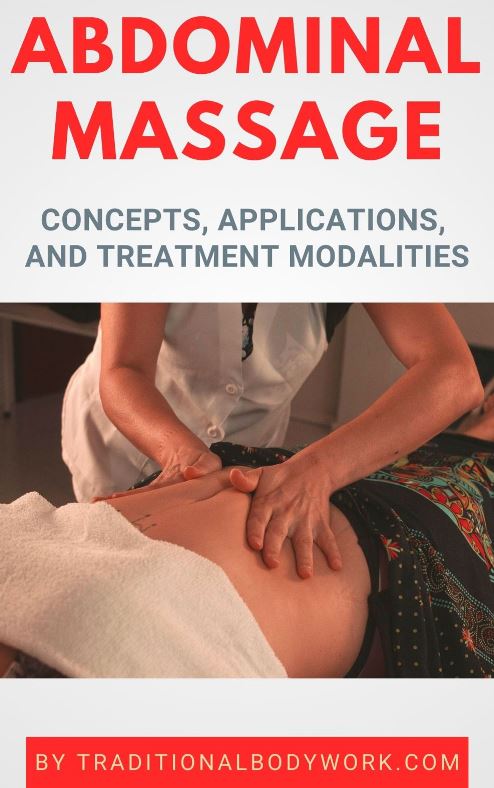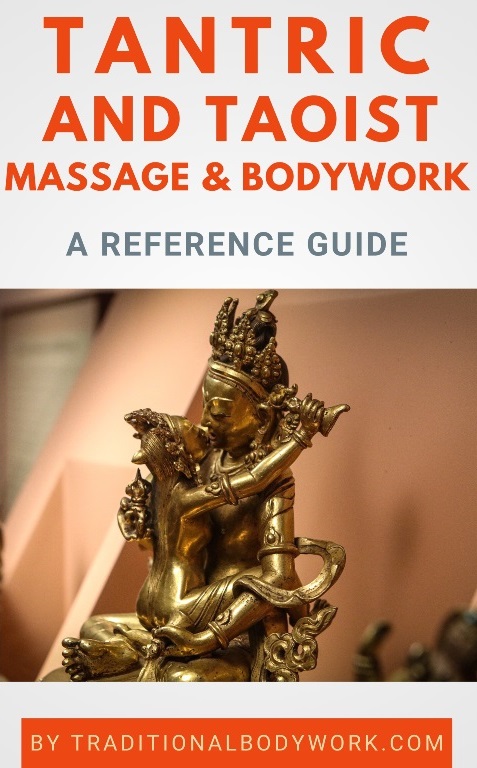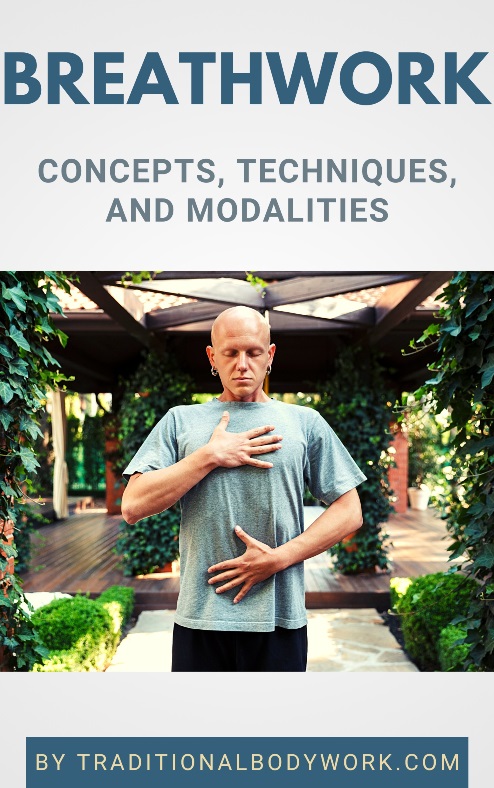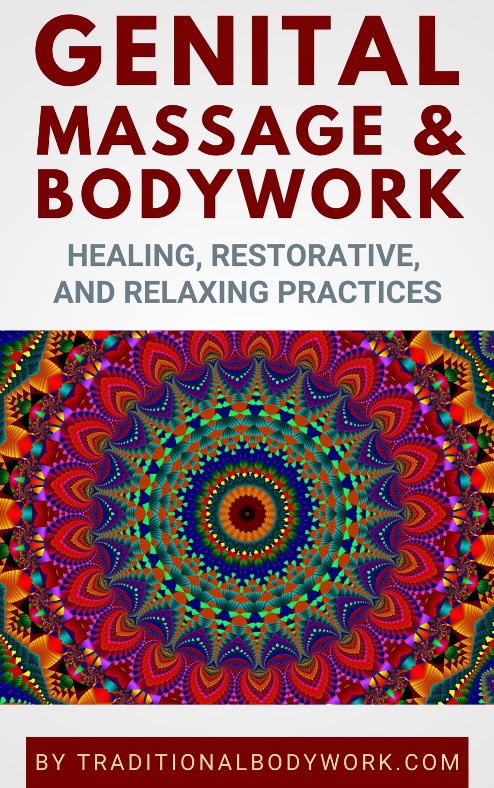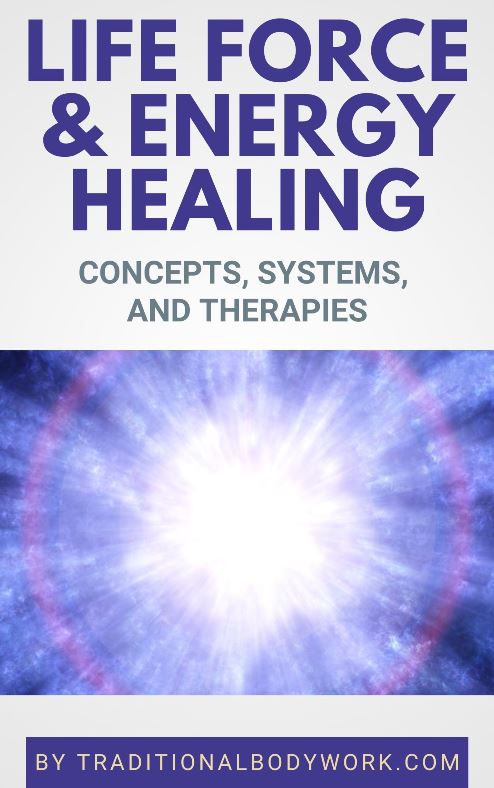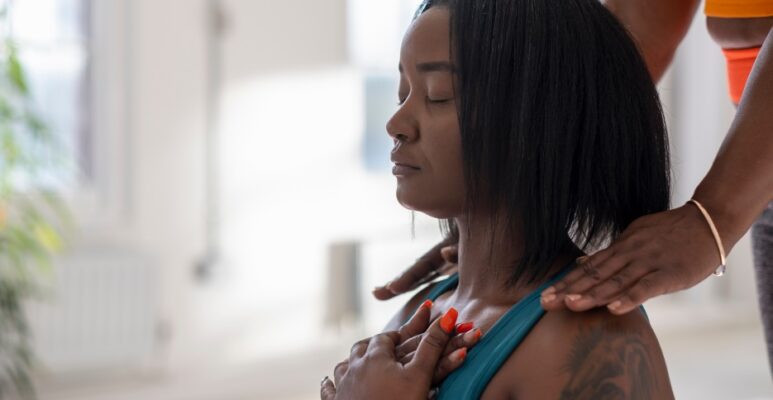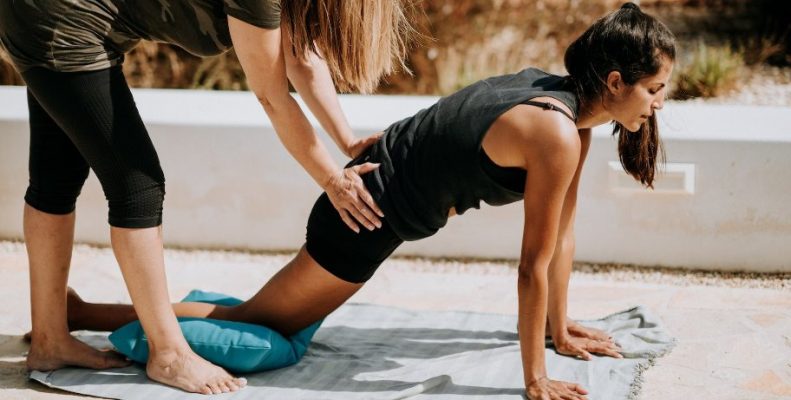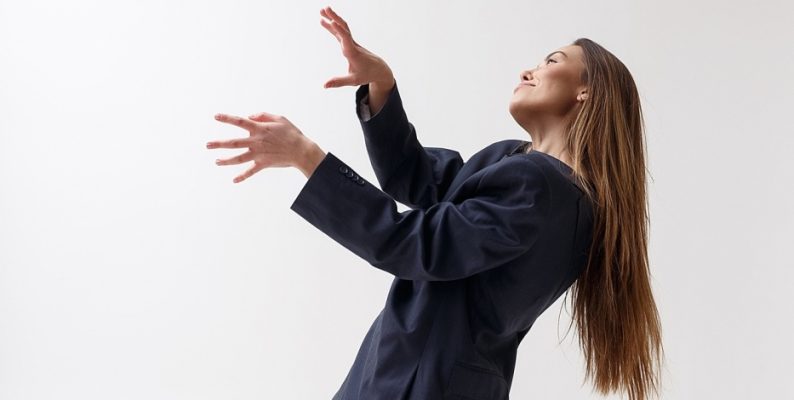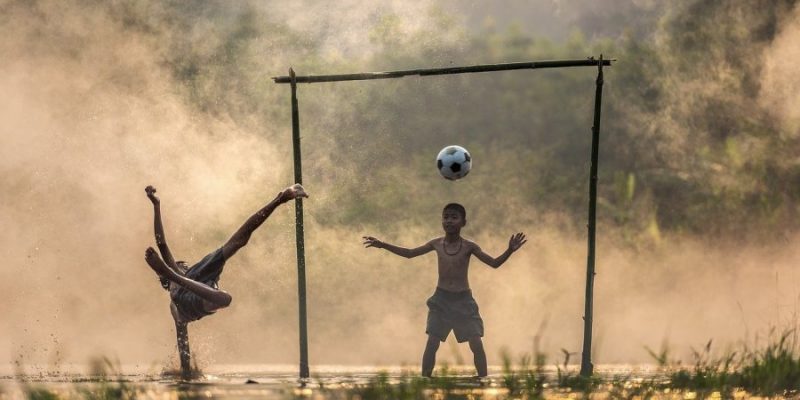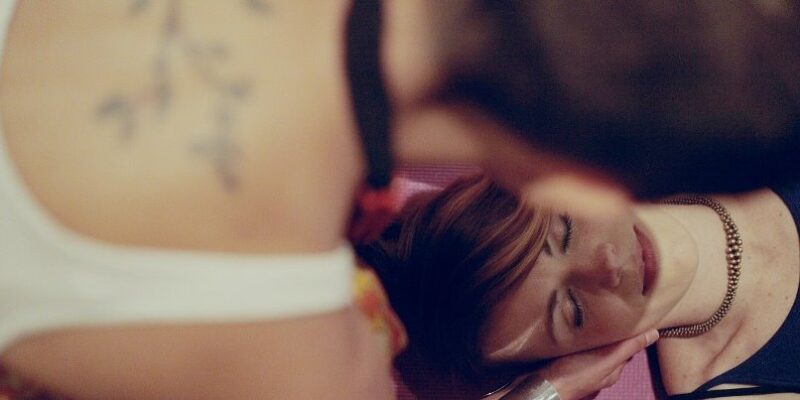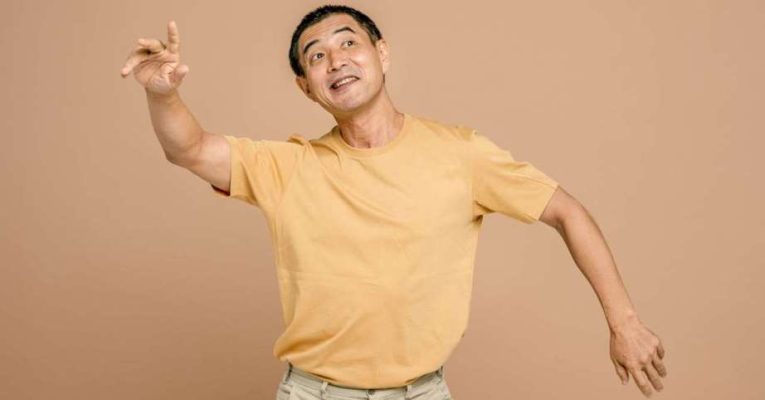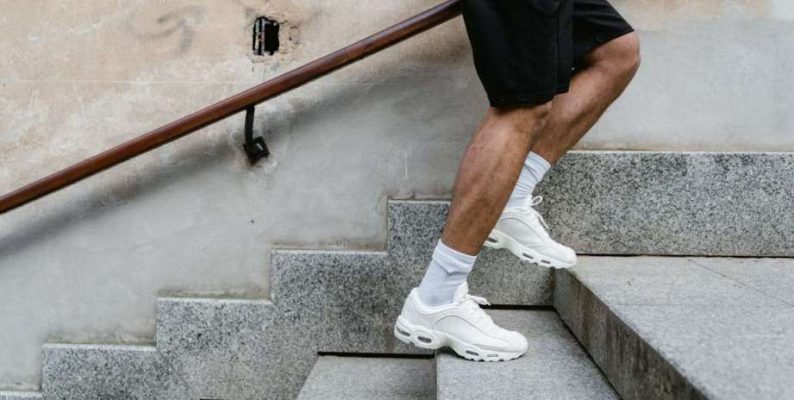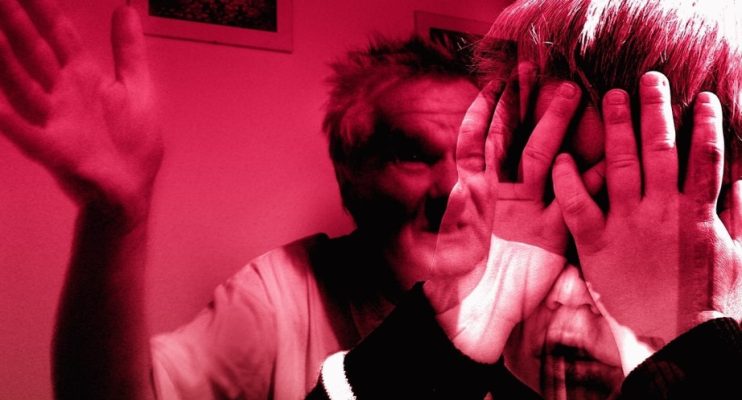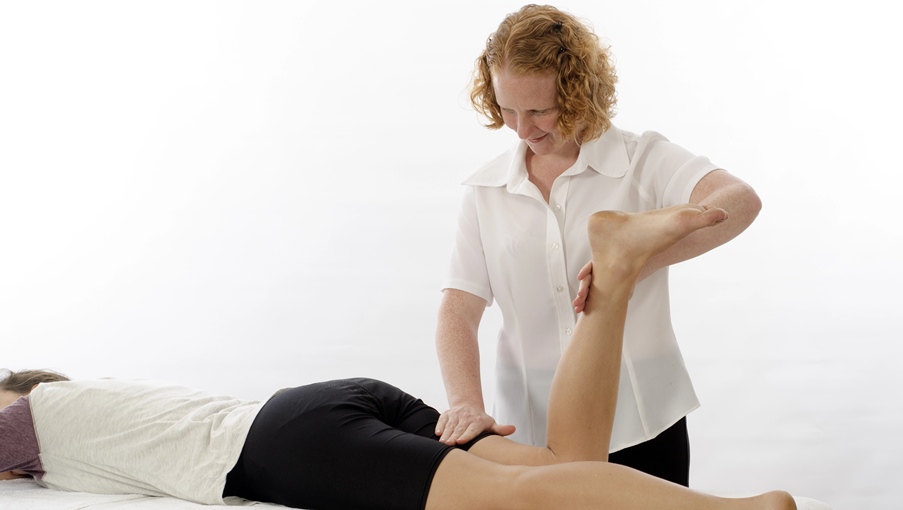
The scientific domain of Kinesiology — aka Academic Kinesiology — comprises of a very fast field of topics, but to keep it simple we could say that the discipline is about studying human body movement, its performance, and function. Moreover, it’s also about the practical application of the results and insights found in those studies by using them to improve human health, fitness, and wellbeing.
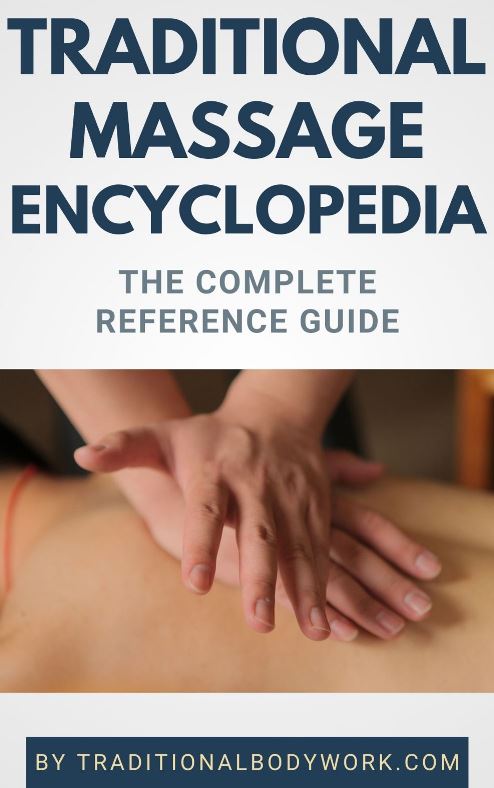
Mind that the word Kinesiology is derived from the ancient Greek kinesis, which means “movement” and from logia, which means “study.” Academic Kinesiology as a scientific activity translates as the study of the physiological, anatomical, biomechanical, pathological, and neuropsychological structures and mechanisms of human body movement.
In its practical application it relates to fields like human biomechanics and orthopedics, neuroplasticity, ergonomics and safety, functional range of motion, strength, flexibility and conditioning patterns, exercise interventions, sports and sport psychology, motor control and motor learning, and ways of rehabilitation after injuries or surgery, such as physical and occupational therapy. In addition, Kinesiology also covers animal motion and movement.
As for Applied Kinesiology, it’s a rather different field of activity although it’s a term often used interchangeably with Kinesiology. Yet, Applied Kinesiology is considered alternative or complementary medicine and is generally not seen as a scientific discipline. The modality primarily focuses on supplying therapy to relieve and cure a wide range of diseases, disorders, and dysfunctions.
One of its main characteristics is the use of the “muscle response testing” diagnostic technique (a type of biofeedback), which consists of tests for muscles to check for strength and weaknesses in those muscles or muscle groups in order to find imbalances that may be causing a disease or dysfunction in the body.
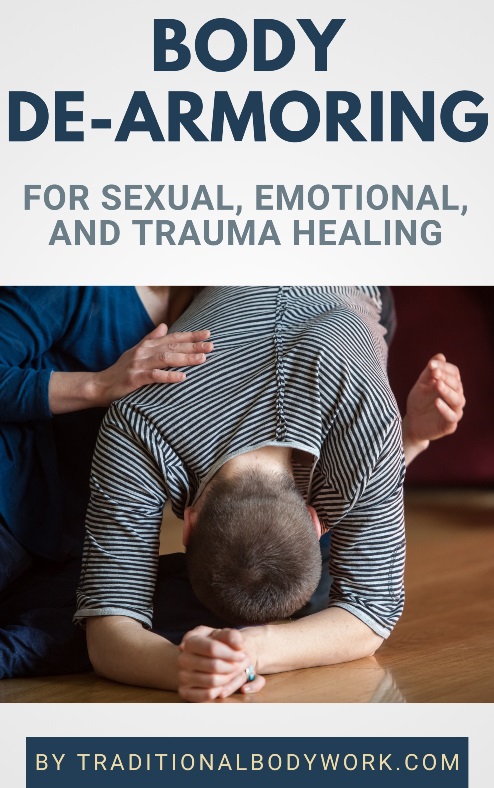
In view of the discussion above, it’s interesting to note that Academic Kinesiology has its roots in the exercise, movement, massage, and manual therapy system founded around 1813 in Stockholm (Sweden) by Pehr Henrik Ling, which was also the precursor of what today is called Physiotherapy. Ling’s system — also known as Medical Gymnastics — was used as a means of physical rehabilitation and additionally a way to alleviate or cure various dysfunctions and illnesses on a physical and physiological level by working on the autonomic nervous system, organs, and glands in the body.
Applied Kinesiology, which actually originated much later in the 1960s from out the Chiropractic domain, has taken another direction than Academic Kinesiology. It primarily evaluates structural, chemical, emotional and mental aspects of human health through muscle response testing (aka muscle monitoring) to find the patient’s muscle weaknesses which are thought to — for instance — disclose particular organ dysfunctions, energy imbalances, internal injuries, nutritional issues, allergies, emotional problems, mental stress, (sexual) trauma, and/or spiritual illnesses.
Treatment modalities used in Applied Kinesiology to correct the health issues found through muscle testing may include massage therapy, chiropractic, joint manipulation and mobilization, body de-armouring, myofascial release, craniosacral therapy, meridian energy channel therapy, trigger point therapy, acupressure, reflexology, homeopathy, and nutritional and dietary counseling and advice, among other modalities.

